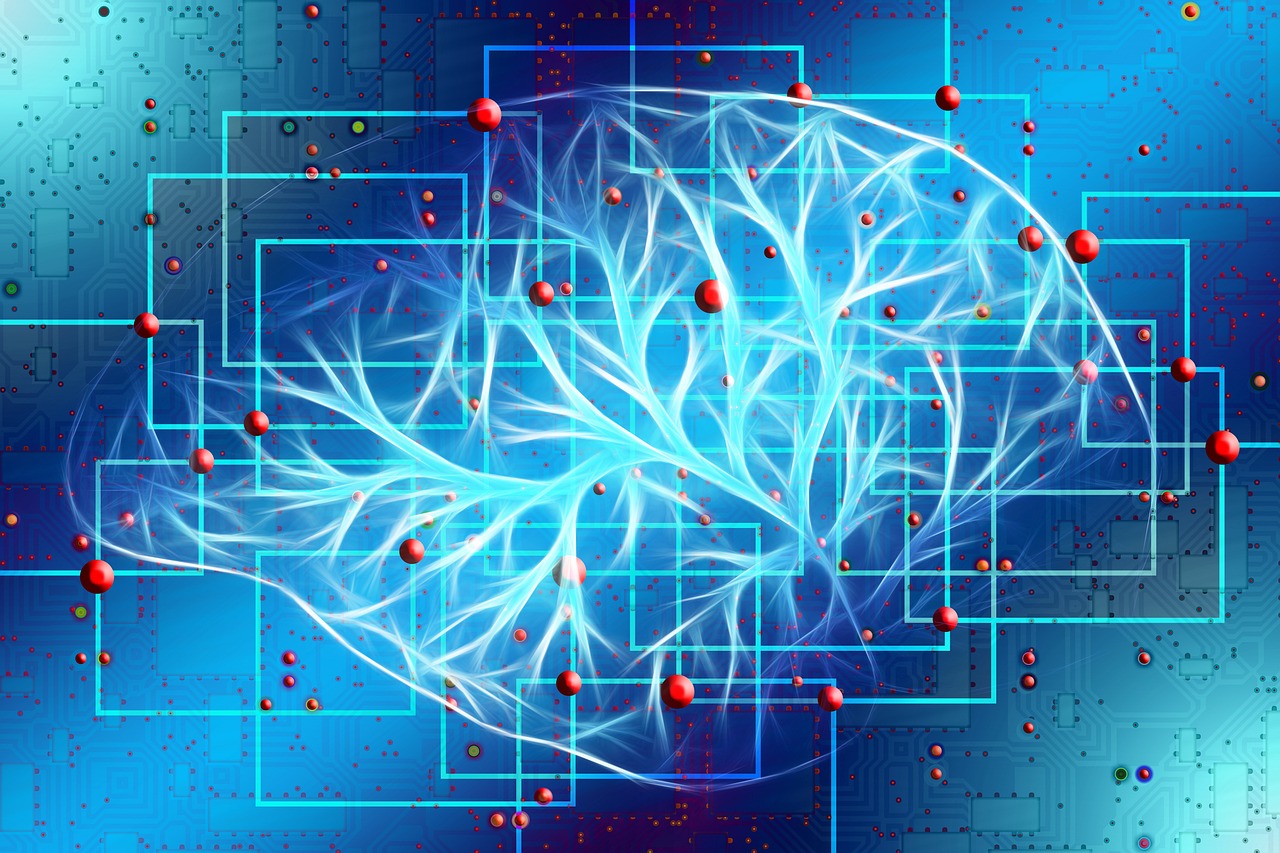Imagine a world where instant, intelligent assistance is available 24/7, ready to answer your questions, solve your problems, and even generate creative content. That world is rapidly becoming a reality thanks to the rise of AI chatbots. These sophisticated programs are transforming how businesses interact with customers, streamlining internal processes, and opening up new avenues for innovation. But what exactly are AI chatbots, and how can you leverage their power? This comprehensive guide will delve into the fascinating world of AI chatbots, exploring their capabilities, benefits, and real-world applications.
What are AI Chatbots?
Defining AI Chatbots
An AI chatbot is a computer program that simulates human conversation using artificial intelligence (AI). Unlike traditional chatbots that rely on pre-programmed scripts, AI chatbots leverage natural language processing (NLP) and machine learning (ML) to understand and respond to user queries in a more intelligent and context-aware manner. This allows them to handle complex questions, personalize interactions, and even learn from past conversations.
The Technology Behind AI Chatbots
The magic behind AI chatbots lies in a combination of technologies:
- Natural Language Processing (NLP): Enables the chatbot to understand the meaning and intent behind human language, including nuances like slang, sarcasm, and different sentence structures.
- Machine Learning (ML): Allows the chatbot to learn from data, improving its accuracy and effectiveness over time. ML algorithms analyze past conversations to identify patterns and predict the best response to new queries.
- Deep Learning: A subset of ML that uses artificial neural networks to analyze vast amounts of data and identify complex relationships. Deep learning is particularly useful for tasks like natural language understanding and text generation.
Types of AI Chatbots
AI chatbots can be categorized based on their complexity and functionality:
- Rule-Based Chatbots: These chatbots follow predefined rules and scripts to respond to user queries. They are relatively simple to implement but are limited in their ability to handle complex or unexpected questions.
- AI-Powered Chatbots: These chatbots use NLP and ML to understand and respond to user queries in a more intelligent and flexible manner. They can handle a wider range of questions and provide more personalized responses.
- Contextual AI Chatbots: These chatbots can remember past conversations and use that information to provide more relevant and personalized responses. They are able to understand the context of a conversation and provide more helpful information.
Benefits of Using AI Chatbots
Improved Customer Service
AI chatbots can provide instant support to customers 24/7, reducing wait times and improving customer satisfaction.
- 24/7 Availability: Customers can get help anytime, anywhere, without having to wait for business hours.
- Instant Responses: Chatbots can quickly answer common questions and resolve simple issues, freeing up human agents to focus on more complex problems.
- Personalized Support: AI chatbots can personalize interactions based on customer data, providing a more tailored and relevant experience.
Example: An e-commerce chatbot can track past purchases to suggest related products or provide personalized recommendations.
Increased Efficiency and Productivity
AI chatbots can automate repetitive tasks, freeing up human employees to focus on more strategic work.
- Automation of Repetitive Tasks: Chatbots can handle tasks like answering frequently asked questions, scheduling appointments, and processing orders.
- Improved Employee Productivity: By automating repetitive tasks, chatbots free up human employees to focus on more complex and strategic work.
- Reduced Costs: Chatbots can reduce labor costs by automating tasks that would otherwise be performed by human employees.
Example: A human resources chatbot can answer employee questions about benefits, policies, and procedures, reducing the workload of HR staff.
Enhanced Lead Generation and Sales
AI chatbots can engage with potential customers, qualify leads, and even close sales.
- Lead Qualification: Chatbots can ask questions to qualify leads and identify potential customers.
- Personalized Product Recommendations: Chatbots can provide personalized product recommendations based on customer preferences and browsing history.
- Sales Automation: Chatbots can guide customers through the sales process, answering questions and providing support.
Example: A real estate chatbot can ask potential buyers about their needs and preferences, then recommend properties that match their criteria.
Data Collection and Analysis
AI chatbots can collect valuable data about customer behavior and preferences, providing insights that can be used to improve business performance.
- Customer Insights: Chatbots can collect data about customer questions, interests, and pain points.
- Improved Decision Making: This data can be used to improve product development, marketing campaigns, and customer service strategies.
- Personalized Marketing: Chatbots can use customer data to personalize marketing messages and promotions.
Example: A chatbot can track customer interactions to identify trends and patterns, which can then be used to improve the chatbot’s performance and provide better customer service.
Implementing AI Chatbots
Choosing the Right Platform
There are many AI chatbot platforms available, each with its own strengths and weaknesses. Consider factors like:
- Ease of Use: Is the platform easy to use and configure?
- Integration Capabilities: Does the platform integrate with your existing systems and applications?
- Scalability: Can the platform handle your growing needs?
- Pricing: What is the pricing model, and does it fit your budget?
Examples of popular platforms include Dialogflow, Amazon Lex, Microsoft Bot Framework, and Rasa.
Defining Clear Goals and Objectives
Before implementing an AI chatbot, it’s important to define clear goals and objectives. What do you want the chatbot to accomplish?
- Customer Service: Improve customer satisfaction and reduce wait times?
- Lead Generation: Generate more leads and qualify potential customers?
- Sales Automation: Automate the sales process and close more deals?
- Internal Support: Provide internal support to employees?
Having clear goals will help you measure the success of your chatbot and make adjustments as needed.
Training and Optimization
AI chatbots are not perfect out of the box. They need to be trained and optimized to perform effectively.
- Data Training: Provide the chatbot with plenty of data to learn from.
- Continuous Monitoring: Monitor the chatbot’s performance and identify areas for improvement.
- User Feedback: Collect user feedback to identify issues and improve the chatbot’s responses.
* Regularly review chatbot logs to identify common questions and areas where the chatbot is struggling.
Real-World Applications of AI Chatbots
Customer Support
Many companies use AI chatbots to provide customer support, answering questions about products, services, and policies.
- Example: A bank might use a chatbot to answer customer questions about account balances, transactions, and loan applications.
E-commerce
AI chatbots can assist customers with product selection, order placement, and tracking shipments.
- Example: An online retailer might use a chatbot to help customers find the right product, provide personalized recommendations, and track their orders.
Healthcare
AI chatbots can provide patients with information about medical conditions, schedule appointments, and remind them to take medications.
- Example: A healthcare provider might use a chatbot to answer patient questions about symptoms, treatment options, and appointment scheduling.
Human Resources
AI chatbots can answer employee questions about benefits, policies, and procedures.
- Example: A company might use a chatbot to answer employee questions about vacation time, sick leave, and retirement plans.
Conclusion
AI chatbots are revolutionizing the way businesses interact with customers and streamline internal processes. By understanding the capabilities, benefits, and real-world applications of AI chatbots, you can leverage their power to improve customer service, increase efficiency, and drive growth. While implementation requires careful planning and ongoing optimization, the potential return on investment is significant. As AI technology continues to evolve, we can expect to see even more innovative and impactful applications of AI chatbots in the years to come. Don’t be left behind – explore the world of AI chatbots and discover how they can transform your business.




